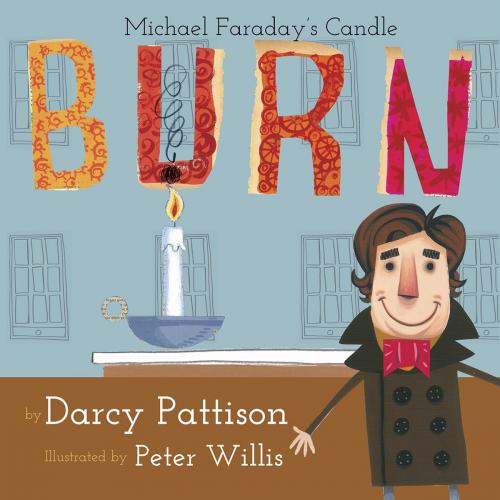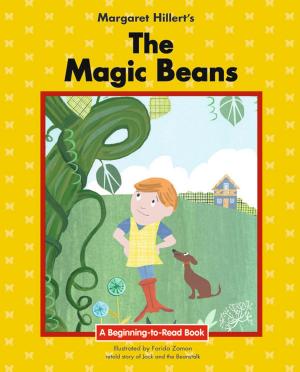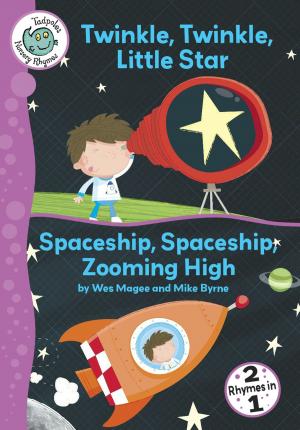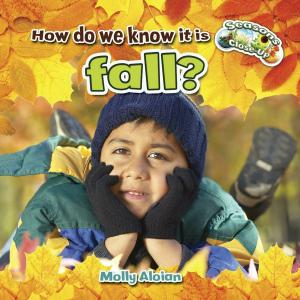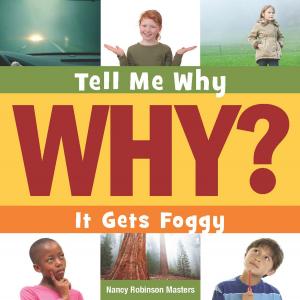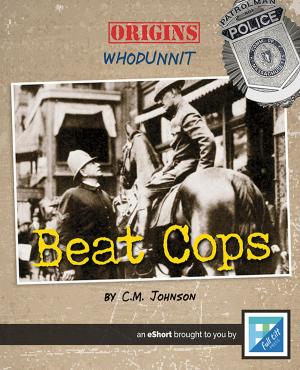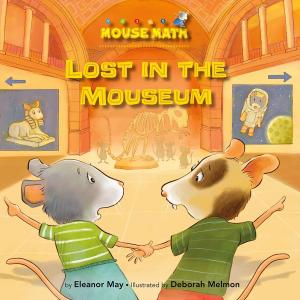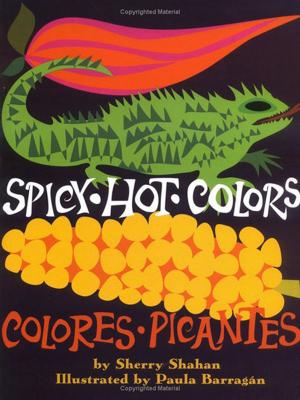| Author: | Darcy Pattison | ISBN: | 9781684443277 |
| Publisher: | Triangle Interactive, LLC. | Publication: | December 15, 2009 |
| Imprint: | Language: | English |
| Author: | Darcy Pattison |
| ISBN: | 9781684443277 |
| Publisher: | Triangle Interactive, LLC. |
| Publication: | December 15, 2009 |
| Imprint: | |
| Language: | English |
WHAT MAKES A CANDLE BURN? Solid wax is somehow changed into light and heat. But how? Travel back in time to December 28, 1848 in London, England to one of the most famous juvenile science Christmas lectures at the Royal Institution. British scientist Michael Faraday (1791-1867) encouraged kids to carefully observe a candle and to try to figure out how it burned. Known as one of the best science experimenters ever, Faraday’s passion was always to answer the basic questions of science: “What is the cause? Why does it occur?” Since Faraday’s lecture, “The Chemical History of a Candle,” was published in 1861, it’s never been out of print. Oddly, till now, it’s never been published as a children’s picture book. Faraday originally gave seven lectures on how a candle burns. Pattison has adapted the first 6000-word lecture to about 650 words for modern elementary students.
WHAT MAKES A CANDLE BURN? Solid wax is somehow changed into light and heat. But how? Travel back in time to December 28, 1848 in London, England to one of the most famous juvenile science Christmas lectures at the Royal Institution. British scientist Michael Faraday (1791-1867) encouraged kids to carefully observe a candle and to try to figure out how it burned. Known as one of the best science experimenters ever, Faraday’s passion was always to answer the basic questions of science: “What is the cause? Why does it occur?” Since Faraday’s lecture, “The Chemical History of a Candle,” was published in 1861, it’s never been out of print. Oddly, till now, it’s never been published as a children’s picture book. Faraday originally gave seven lectures on how a candle burns. Pattison has adapted the first 6000-word lecture to about 650 words for modern elementary students.
